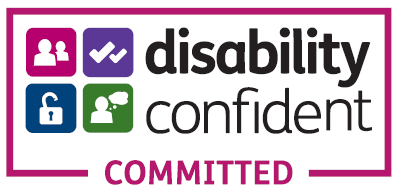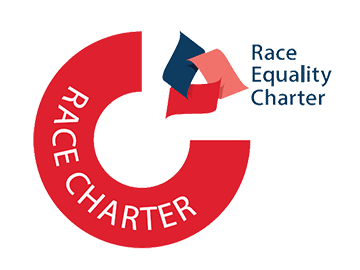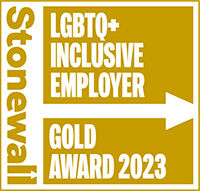Definitions
Equality
Equality refers primarily to statutory compliance with the Equality Act 2010 and the actions the University takes, through its policies and procedures, to prevent direct and indirect discrimination based on the called protected characteristics.
Diversity
Diversity relates to the activities the University chooses to take to promote a diverse student community, reflective of the multi-cultural community of the City and the region.
Protected Groups or Characteristics
Under the Equality Act 2010 there are nine protected characteristics:
Age - Where this is referred to, it refers to a person belonging to a particular age (e.g. 32 year olds) or range of ages (e.g. 18 - 30 year olds).
Disability - A person has a disability if s/he has a physical or mental impairment which has a substantial and long-term adverse effect on that person's ability to carry out normal day-to-day activities.
Gender reassignment - The process of transitioning from one gender to another.
Marriage and civil partnership - Marriage is defined as a 'union between a man and a woman'. Same-sex couples can have their relationships legally recognised as 'civil partnerships'. Civil partners must be treated the same as married couples on a wide range of legal matters.
Pregnancy and maternity - Pregnancy is the condition of being pregnant or expecting a baby. Maternity refers to the period after the birth, and is linked to maternity leave in the employment context. In the non-work context, protection against maternity discrimination is for 26 weeks after giving birth, and this includes treating a woman unfavourably because she is breastfeeding.
Race (Ethnicity) - Refers to the protected characteristic of Race. It refers to a group of people defined by their race, colour, and nationality (including citizenship) ethnic or national origins.
Religion and belief - Religion has the meaning usually given to it but belief includes religious and philosophical beliefs including lack of belief e.g. Atheism. Generally, a belief should affect your life choices or the way you live for it to be included in the definition.
Sex - A man or a woman.
Sexual orientation - Whether a person's sexual attraction is towards their own sex, the opposite sex or to both sexes
Discrimination
Direct discrimination is unlawful where a person is treated less favourably on the grounds of one or more of their protected characteristics. For example, recruiting a male applicant to a position rather than a more appropriately qualified woman because of irrational, prejudicial or stereotypical views, or not accepting a disabled person on to a course because it is assumed they would not be able to meet the required course standards due to their being disabled, would constitute direct discrimination. Intentions and motives are irrelevant in cases of direct discrimination, because it is the act that is unlawful, not the intention behind it.
Indirect discrimination occurs when policies or practices have an adverse impact on certain groups of people more than on others, in a way that cannot be justified. The groups protected by the legislation include groups defined by their gender, race, sexual orientation, religion or belief, or age. For example:
- dress codes requiring women to wear knee length skirts could indirectly discriminate against women from some cultural or religious groups who would not feel able to dress in this way;
- unnecessary height requirements, which state that employees in some roles have to be six feet tall could discriminate against women, or members of some ethnic groups who would not usually be able to meet the requirement.
Institutions may be able to justify an indirectly discriminatory policy or practice. In relation to disability, the law requires a duty to carry out reasonably adjustments, rather than a duty not to indirectly discriminate.
Harassment
Harassment can be defined as unwanted conduct which may create the effect of violating a person’s dignity or creating an intimidating, hostile, degrading, humiliating or offensive environment which interferes with an individual’s learning, working or social environment or induces stress, anxiety, fear or sickness on the part of the harassed person. Differences of attitude, background or culture and the misinterpretation of social signals can mean that what is perceived as harassment by one person may not seem so to another; nevertheless, this does not make it acceptable.
It is unlawful to harass someone because of their race, gender (including gender reassignment), disability, age, sexual orientation or religion/belief. It is also a criminal offence to harass (or stalk) someone persistently.
Victimisation
Victimisation is a form of unlawful discrimination. A person is victimised if they are treated less favourably because they have done a legally ‘protected act’ under the relevant anti-discrimination laws, for instance they have brought legal proceedings, given evidence, made a complaint, or supported someone who has made a complaint of unlawful discrimination against a higher education institution, a department or an individual.
Victimisation is unlawful if it takes place during the course of someone’s employment, or after the termination of their employment, for example in connection with the provision of employment references.
Victimisation on the grounds of race, gender, disability, age etc. can cover workplace discrimination such failure to give promotion, dismissal or giving the employee unpleasant tasks. Students could be similarly victimised by an institution or an individual working in an institution; for example, refusal of an application or unfair marking.




